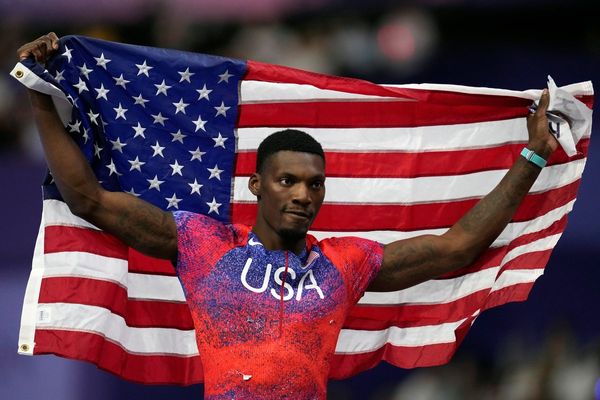
“Some photographers can make a great portrait of someone looking away from the camera,” Steve McCurry says, “but, for me, it all comes down to the eyes. I always want my subjects to be looking directly into my lens. That has become a kind of style, I guess; a way of shooting and a way of seeing.”
Photograph: © Steve McCurry/Magnum

McCurry, 61, is one of the world’s greatest photojournalists, a master of colour and composition, as well as a humanist in a genre increasingly given over to the shockingly graphic. His new book is called simply and confidently The Iconic Photographs. Few other living photographers could get away with that title: “It wasn’t my idea,” he says, laughing, “but it kind of works.”
Photograph: © Steve McCurry/Magnum

The most recognisable image in the book is Afghan Girl, a portrait of a strikingly beautiful 12-year-old called Sharbat Gula, taken in a refugee camp in Pakistan in 1984. This one portrait alone testifies to McCurry’s belief that, in portraiture, the eyes have it. It is perhaps the most iconic photograph of the past 30 years. “Not a day goes by when I am not asked about it, ” McCurry says. “It all came together the moment the shutter clicked: the light, her expression, what she was wearing. The gods were smiling on me that day, for sure.”
Photograph: © Steve McCurry/Magnum

Growing up in Pennsylvania, McCurry initially studied film-making at college, before finding it “way too slow and way too collaborative”. When he bought a stills camera as a student at Penn State University, it gave him, “the freedom to walk out into the world every day without an idea of what I am going to find.”
Photograph: © Steve McCurry/Magnum

His career as a photojournalist began in earnest when, disguised in native dress, he crossed the mountains into Afghanistan just before the Russian invasion of the country. His subsequent photographs won him the Robert Capa Gold Medal for photojournalism. “That was the unsurest decision I ever made,” he says. “It was truly scary: no police, no hospitals, no security of any kind. I learned very quickly that to be a good photojournalist, you have to have not only an instinct for a great photograph but an instinct for survival. You get to understand human psychology really quickly, because you have to in order to stay alive in a place like that.”
Photograph: © Steve McCurry/Magnum

Since then, he has covered conflicts in Beirut, the Philippines, Iran and Iraq, as well as returning to Afghanistan to shoot another long war that continues apace. In 2002, with the help of National Geographic, for whom he has worked continuously, he located Sharbat Gula, then old beyond her years, and photographed her again – an experience he describes as “bittersweet”. Some of his most evocative images, though, are from more peaceful travels: Buddhist temples in Tibet, street vendors in India, Catholic pilgrims in rural Spain.
Photograph: © Steve McCurry/Magnum

The new book is unapologetically old-fashioned, both in its style and content. His extraordinary use of tonal colours – rich reds, vivid blues, earthy browns and greens – has been unaffected by a recent shift from film to digital. “It was inevitable,” he says. “Digital has become so perfected now and it means you can shoot in low light without a tripod or a flash and not worry about the colour balance.”
Photograph: © Steve McCurry/Magnum

So synonymous was McCurry’s name with colour film that Eastman Kodak chose him as the recipient of the last roll of Kodachrome they produced. He used some of it on the streets of New York and the rest photographing vanishing icons – African nomads, the monumental architecture of Grand Central Station, even a portrait of Robert De Niro. “That was a poignant roll of film for me.”
Photograph: © Steve McCurry/Magnum

When I ask if he has a personal favourite among his own photographs, he describes one that has “a magical combination of synchronicity, skill and instinct”: “It has to be the picture of the Indian women huddled against a tree. I was riding across the desert in Rajasthan in a taxi during a dust storm and my initial instinct was to close the window and ride it out. But I didn’t. Instead, I kept poking my head out the window, looking for a subject. Then, like a mirage, there they were. It doesn’t matter if you are in the desert or downtown New York,” he says, finally, “you have to roll with the flow and stay alert to the world around you.”
Steve McCurry: The Iconic Photographs, a signed limited edition plus exclusive print, is published by Phaidon at £250 (phaidon.com/iconic)
Photograph: © Steve McCurry/Magnum







